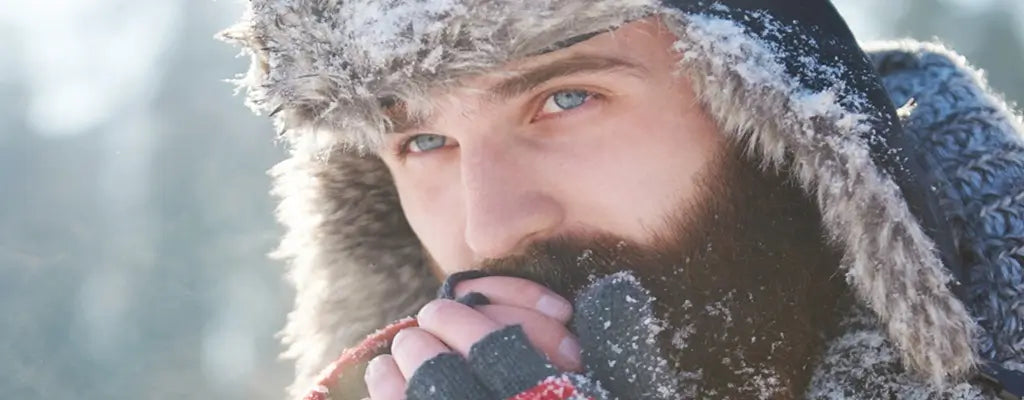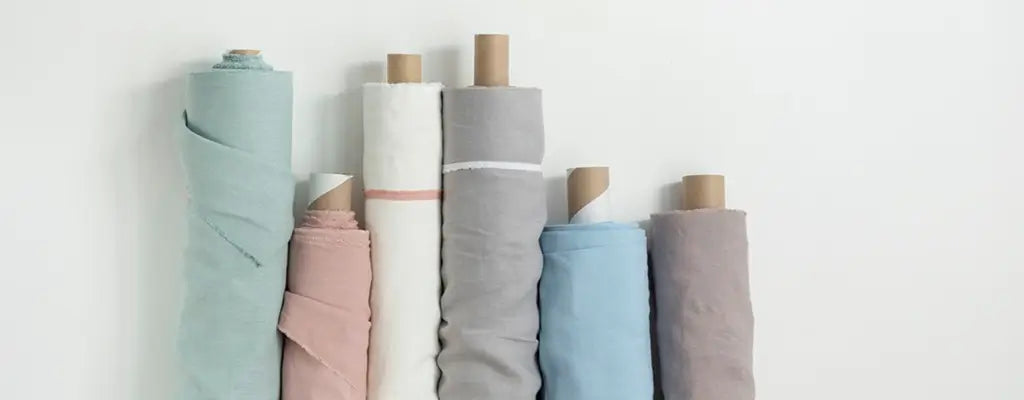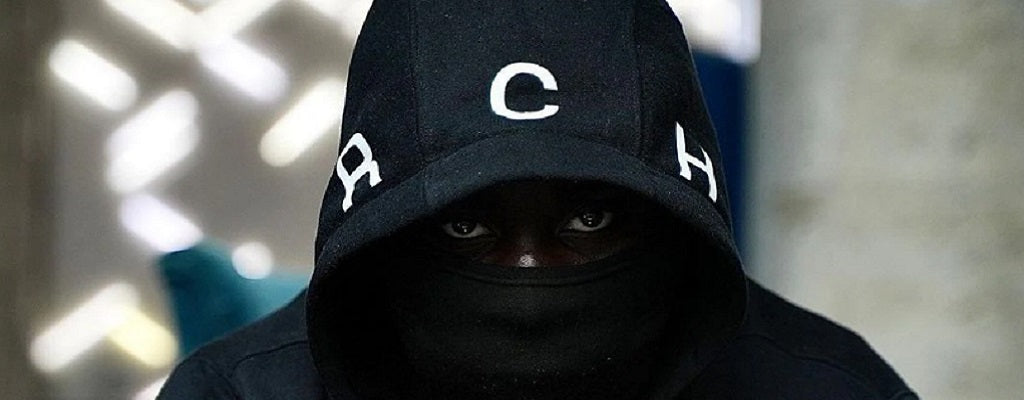
The Russian Chapka (Uchanka): The accessory that combines tradition and warmth
Russian Chapka: Origins, Style Tips, and Maintenance Tricks
The Chapka is an iconic headwear that immediately evokes thoughts of Russia, snow, cold, and harsh winter. Synonymous with warmth and elegance, it comes in many forms today – from the traditional Soviet Chapka to the more modern Chapka Cap. In this article, we will delve into the fascinating history of the Chapka, explore its various variants, and share style tips as well as maintenance tricks. Our goal: to help you choose the ideal Chapka, whether it’s a Black Chapka, a White Chapka, a Girl's Chapka, or a Women's Extreme Cold Chapka, to combine comfort, aesthetics, and longevity.
Whether you are a man, a woman, a parent looking for a Baby Chapka or a Child's Chapka, or simply a fashion enthusiast wanting to learn more about the cultural symbol that is the Russian Chapka, this article will provide you with a comprehensive overview of this famous hat. Get ready to discover its origins, its multiple variations, and its preservation secrets. Happy reading!
The Origins of the Russian Chapka: From Military Tradition to Cultural Emblem
The Birth of the Chapka
The Chapka, also known as Ouchanka or Ushanka in English and Uschanka in German (ушанка, derived from the word "уши" meaning "ears"), appeared several centuries ago in the cold regions of Russia. Its design primarily aims to protect the head, ears, and neck from the biting cold typical of Russian winters, where temperatures can drop well below zero. Originally, the Russian Army Chapka was mainly worn by soldiers to shield themselves from extreme weather conditions.
The name "Chapka" has its roots in the Russian language (шапка) and simply means "hat". Over time, the term "Russian Chapka" has become a generic concept, encompassing not only the traditional fur model but also all the variations worn in various cold regions of the globe, such as Canada or Scandinavia. Sometimes it is also referred to as Canada Chapka, as the Canadian form is very similar to the Russian model, often adopted by trappers and hunters of the past, hence the name Hunting Chapka.
From the Battlefield to the Street
The Russian Army Chapka reached its peak during the 20th century, during the Soviet era, when soldiers wearing it were often photographed or filmed. The image of the Russian soldier in a Chapka thus became an almost mythical symbol, embodying resistance against the polar cold.
Over time, the headgear transitioned from battlefields to fashion shows and became popular in the West. Today, wearing a Russian Chapka for women or for men is no longer exceptional. On the contrary, this piece has taken on an almost universal dimension for its practicality and strong cultural identity. Its unique style, often associated with robustness and warmth, makes it a favored accessory in many countries affected by harsh winters.
Cultural Emblem and Fashion Icon
The Chapka is not just a functional headwear: it also carries a strong cultural significance. Just like the matryoshka or the Cyrillic alphabet, the Chapka has become a true emblem of Russia. Some models, particularly the Russian Army Chapka, retain insignia or symbols (like the red star or the Russian coat of arms), perpetuating a historical legacy.
In the fashion world, international designers have seized this unique form to reinterpret it in high-end collections. Nowadays, you can find Chapkas in wool, leather, faux fur, or real fur, and even lighter or purely decorative versions intended for mid-season. Whether it’s a Russian Chapka in Real Fur, a Faux Fur Chapka, a White Chapka, or a colorful one, the important thing is to preserve the cocooning and protective spirit that characterizes this hat.
The Different Variations of Chapkas: A Model for Every Need
Traditional Russian Chapka
The Traditional Russian Chapka is usually made of fur (sheep, rabbit, fox, or synthetic fur) and is characterized by its wide ear flaps that can be fastened under the chin, on the top of the head, or at the back of the head. The purpose is to cover not only the ears but also the neck and sometimes the forehead when temperatures drop drastically. The classic design is often black or brown, although there are now variations in various shades, such as the White Chapka for a bolder style.
Child's Chapka, Baby Chapka: Protecting the Little Ones
Harsh winters do not spare children. Hence the importance of equipping them well with a Child's Chapka or a Child Chapka Hat. These miniature versions are designed to offer the same warmth and protection as an adult Chapka, but with dimensions and designs suited for the youngest. There are colorful models adorned with pom-poms, playful patterns like the Child Aviator Chapka or cartoon characters, to please little boys and girls. Among the most popular are the Girl's Chapka (often in pink, purple, or floral patterns) and the Boy's Chapka (with more subdued colors or geometric prints) or even the Knitted Child Chapka.
Leather Chapka: A Robust and Elegant Alternative
For those who desire a more urban and refined look, the Leather Chapka represents an interesting option. Made from genuine leather (lamb, cowhide, etc.) or faux leather, it is usually lined with fur or polar material to retain warmth. Its shiny or matte appearance, depending on the finish, adds a touch of elegance while maintaining a very functional character. A Leather Chapka is particularly appreciated in urban settings, where style matters as much as comfort, and can easily be paired with a long coat, a down jacket, or a wool jacket.
Faux Fur Chapka: The Eco-Friendly Trend
Today, more and more brands are moving towards ethical and ecological production. The Women's Winter Chapka is part of this trend, offering an alternative that respects animal rights while providing excellent thermal insulation. Modern technologies allow for the production of synthetic furs that are almost identical to natural fur, both in appearance and softness. This solution appeals to environmentally conscious consumers or those reluctant to wear animal fur.
Women's Extreme Cold Chapka, Men's Black Chapka: Adapting the Chapka to Your Style
Beyond technical characteristics and materials, the choice of a Chapka also depends on the desired style. Thus, the Women's Extreme Cold Chapka often emphasizes a more feminine cut, sometimes adorned with design elements (embroidery, pom-poms, colorful faux fur, etc.). On the other hand, the Men's Black Chapka remains a timeless piece, very easy to match with different winter outfits. Black has the advantage of being understated, elegant, and universal.
We also offer Aviator Chapkas for Women in a wider color palette (gray, beige, navy blue, etc.) to suit all tastes and wardrobes.
Style Tips: How to Wear the Russian Chapka Elegantly
Harmonizing the Chapka with Your Outfit
To make the most of a Chapka, it is essential to balance it with your outfit. Several elements should be considered:
- The Shape of the Chapka: Chapkas with large flaps provide a voluminous look around the head. If your coat is already very thick, you might prefer a Chapka with less imposing flaps, or fasten them on top to avoid a disproportionate effect.
- The Color: A Black Chapka or a White Chapka easily matches most wardrobes. However, you can dare to choose brighter shades if you like original styles. Think about coordinating the Chapka with accessories: gloves, scarf, bag, boots, etc.
- The Material: For a chic look, nothing beats a Chapka in (faux or real) fur. On the other hand, for a more casual and urban style, a Chapka Cap in fabric or leather may be appropriate.
Adapting the Chapka to the Occasion
- In Daily Life: If you are looking for a headwear to wear daily in winter, opt for a functional model that is easy to combine with your usual coats. A Women's Extreme Cold Chapka in faux fur, for example, combines comfort and versatility.
- Special Events: For more festive occasions (Christmas, New Year's Eve, etc.), a more original Chapka (flashy colors, voluminous fur, embellishments) can create a remarkable look. The White Chapka is particularly appreciated for a magical winter style.
- Outdoor Activities: If you engage in outdoor activities (hiking, skiing, hunting), prioritize materials that are resistant to moisture and wear. The Hunting Chapka is generally designed in waterproof or windproof fabric and equipped with a warm lining.
Mixed Outfits: For Men or Women
The advantage of the Chapka is that it comes in countless unisex versions or gender-segmented styles. A Black Leather Chapka will work equally well on a masculine silhouette as on a more minimalist feminine silhouette. Women looking for a refined accessory can choose a Women's Russian Chapka with more delicate details, while men often prefer straighter cuts and subdued colors.
Accessorizing Around the Chapka
For a successful fashion effect, do not underestimate the choice of your other accessories. Scarf, gloves, and boots should form a coherent ensemble. For example, if you opt for a Leather Chapka, you can echo this material in your gloves or bag. If you have a White Faux Fur Chapka, pair it with lined boots or a neutral-colored coat (gray, beige, camel) for a harmonious look.
Maintenance Tips: Prolonging the Life of Your Chapka
Real Fur Chapka: Delicate Maintenance
If you own a real fur chapka, its maintenance requires some care to preserve the shine and softness of the fur:
- Regular Airing: After each use, gently shake your chapka to dislodge dust or snow, then let it air out in a dry and well-ventilated place.
- Gentle Brushing: Use a brush specifically designed for fur (or if not available, a soft-bristled brush) to detangle the hairs and restore their volume.
- Avoid Excessive Moisture: Real fur does not like water. If your chapka gets wet, gently blot it with a towel without rubbing, then let it dry in the open air (away from any direct heat source like a radiator or hairdryer).
- Proper Storage: When you are not wearing your chapka, place it on a support (avoid thin hangers that distort the shape) or in a sufficiently large cardboard box. Avoid plastic bags that promote moisture and mold.
Faux Fur Chapka: Easier to Maintain
The faux fur chapka offers simpler maintenance, although it also requires some precautions:
- Possible Washing: Depending on the care instructions, you may be able to wash your faux fur chapka in cold water. Always check the label for specific washing instructions.



Leave a comment
This site is protected by hCaptcha and the hCaptcha Privacy Policy and Terms of Service apply.